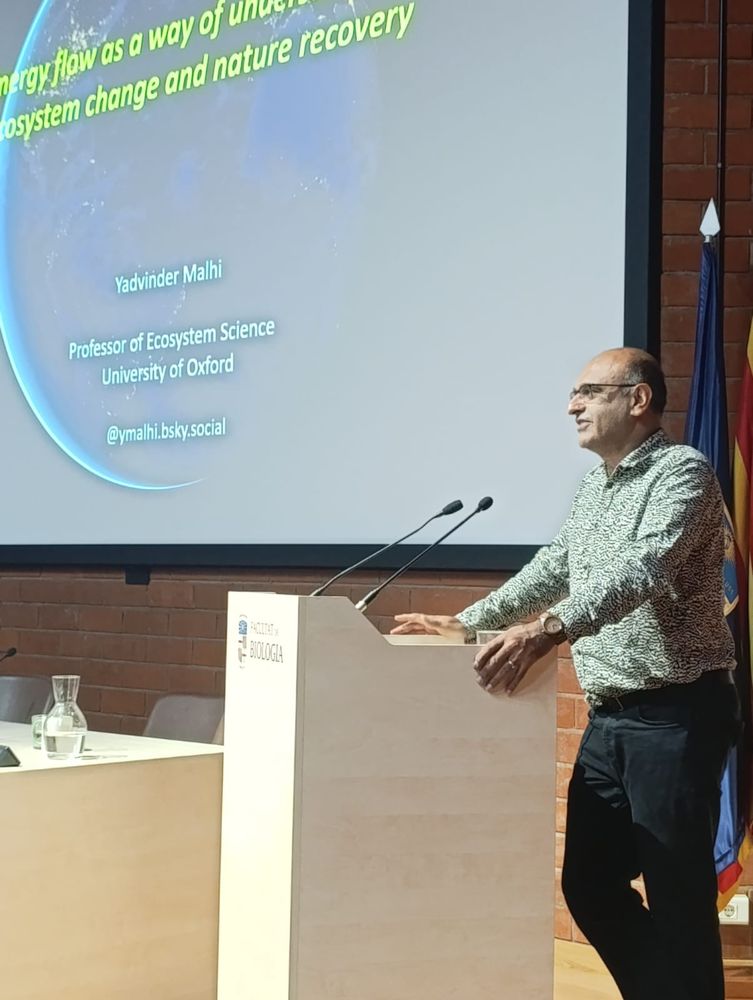
The Biodiversity Network
@biodivoxford.bsky.social
The Oxford Biodiversity Network is a network of researchers & practitioners in & around the University working on biodiversity. www.biodiversity.ox.ac.uk
You can watch the full lecture here

How Story Creates Agency for the Nature and Climate Crises - Jules Pretty
YouTube video by Oxford Biodiversity Network
youtu.be
November 10, 2025 at 12:05 PM
You can watch the full lecture here
Reposted by The Biodiversity Network
They argue that legal action to protect health from the impacts of climate change could build on these scientific advances, opening up new routes to justice for affected communities.

Medical evidence drove legal action to clean up the air we breathe—climate justice may be next
A growing corpus of legal action, grounded in medical and scientific evidence on the harmful effects of environmental pollution, aims to defend human rights to life and health.
Rachel Carson’s seminal 1962 book Silent Spring highlighted research on the health consequences of exposure to the agricultural pesticide dichlorodiphenyltrichloroethane (DDT). The outpouring of public concern that followed led to government restrictions on its use and, ultimately, a global ban in the Stockholm Convention on Persistent Organic Pollutants. However, such definitive legislative action in the light of scientific understanding of health risks is regrettably rare.
Toxicologists and epidemiologists have shown how exposure to air and water pollution—and to toxic substances such as pesticides—can cause cancer, respiratory, neurological, and cardiovascular diseases, among others. Epidemiological evidence has shown the scale of the mortality and morbidity burdens of many sources of environmental pollution. Yet pollution is pervasive and relatively unhindered. Some of its health risks have been known since Victorian times, but air pollution remains one of the main environmental health risks in Europe,1 causing around 300 000 premature deaths annually in the EU.2 Even where pollution is regulated, standards often fall short of medical recommendations. For instance, 96% of the EU’s urban population is still breathing air that is above the World Health Organization’s (WHO) maximum recommended thresholds for fine particulate matter (PM2.5).3
Where policy making has fallen short, medical evidence has proved invaluable in …
f.mtr.cool
November 7, 2025 at 9:32 AM
They argue that legal action to protect health from the impacts of climate change could build on these scientific advances, opening up new routes to justice for affected communities.
Reposted by The Biodiversity Network
I gave a seminar and panel discussion on energy flows in nature drawing on the link with Ramon Margolef’s seminal work on these topics half a century ago. His prescient contributions aren’t appreciated enough in the anglophone world I think.


October 31, 2025 at 3:01 PM
I gave a seminar and panel discussion on energy flows in nature drawing on the link with Ramon Margolef’s seminal work on these topics half a century ago. His prescient contributions aren’t appreciated enough in the anglophone world I think.

